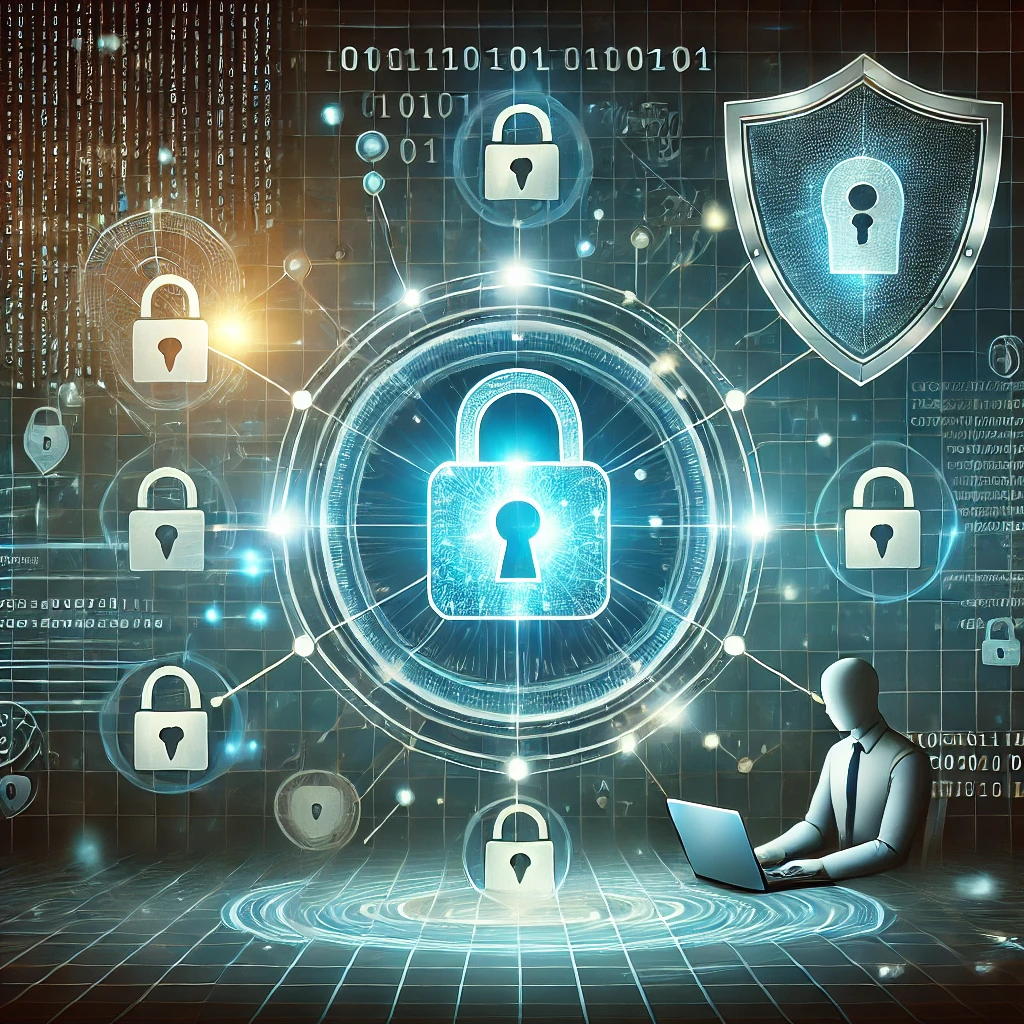A Comprehensive Guide: Essential Topics for the Modern Cybersecurity Expert

Categories:
4 minute read
In today’s rapidly evolving digital landscape, the role of a cybersecurity expert has never been more crucial. As cyber threats become increasingly sophisticated, it’s essential for professionals in this field to maintain a broad and deep understanding of various topics. This blog post aims to provide a detailed and categorized list of subjects that every cybersecurity expert should be well-versed in.
1. Fundamental Concepts
Before diving into more advanced topics, it’s crucial to have a solid grasp of the fundamentals:
1.1 Networking Basics
OSI Model
TCP/IP Protocol Suite
DNS, DHCP, and other core network services
Routing and switching concepts 1.2 Operating Systems
Windows, Linux, and macOS architectures
Command-line interfaces and scripting
System administration and hardening techniques 1.3 Programming and Scripting
At least one high-level language (e.g., Python, Java, or C++)
Scripting languages (e.g., Bash, PowerShell)
Web technologies (HTML, CSS, JavaScript)
2. Cybersecurity Principles
With a foundation in place, cybersecurity experts should focus on core security principles:
2.1 CIA Triad
Confidentiality
Integrity
Availability 2.2 Authentication and Authorization
Multi-factor authentication (MFA)
Single Sign-On (SSO)
Role-Based Access Control (RBAC) 2.3 Cryptography
Symmetric and asymmetric encryption
Hash functions and digital signatures
Public Key Infrastructure (PKI)
3. Threat Landscape
Understanding the current threat landscape is crucial for anticipating and mitigating risks:
3.1 Types of Threats
Malware (viruses, worms, trojans, ransomware)
Social engineering attacks
Advanced Persistent Threats (APTs)
Zero-day exploits 3.2 Attack Vectors
Phishing and spear-phishing
Man-in-the-Middle (MitM) attacks
Distributed Denial of Service (DDoS)
SQL injection and other web application vulnerabilities 3.3 Threat Intelligence
Sources of threat intelligence
Threat modeling techniques
Indicators of Compromise (IoCs)
4. Security Technologies and Tools
Familiarity with various security technologies and tools is essential:
4.1 Firewalls and Intrusion Detection/Prevention Systems (IDS/IPS)
Next-Generation Firewalls (NGFW)
Host-based vs. network-based IDS/IPS
Security Information and Event Management (SIEM) systems 4.2 Endpoint Protection
Antivirus and anti-malware solutions
Endpoint Detection and Response (EDR)
Mobile Device Management (MDM) 4.3 Network Security
Virtual Private Networks (VPNs)
Network Access Control (NAC)
Software-Defined Networking (SDN) security
5. Vulnerability Management
Identifying and addressing vulnerabilities is a core responsibility:
5.1 Vulnerability Assessment
Vulnerability scanning tools and techniques
Penetration testing methodologies
Bug bounty programs 5.2 Patch Management
Patch prioritization strategies
Testing and deploying patches
Managing legacy systems 5.3 Risk Assessment and Management
Risk assessment frameworks (e.g., NIST, ISO 27001)
Quantitative and qualitative risk analysis
Risk mitigation strategies
6. Incident Response and Forensics
When breaches occur, cybersecurity experts must be prepared to respond:
6.1 Incident Response Planning
Creating and maintaining incident response plans
Establishing Computer Security Incident Response Teams (CSIRTs)
Table-top exercises and simulations 6.2 Digital Forensics
Evidence collection and preservation
Disk and memory forensics
Network forensics and log analysis 6.3 Malware Analysis
Static and dynamic analysis techniques
Reverse engineering skills
Sandboxing and isolation environments
7. Cloud Security
As organizations increasingly move to the cloud, understanding cloud security is crucial:
7.1 Cloud Service Models
Infrastructure as a Service (IaaS)
Platform as a Service (PaaS)
Software as a Service (SaaS) 7.2 Cloud Security Challenges
Data protection and privacy in the cloud
Identity and Access Management (IAM) for cloud services
Compliance and regulatory considerations 7.3 Cloud Security Best Practices
Shared responsibility model
Cloud security posture management
Serverless security
8. Application Security
Securing applications throughout their lifecycle is becoming increasingly important:
8.1 Secure Software Development Lifecycle (SDLC)
Threat modeling in software design
Secure coding practices
Code review and static analysis 8.2 Web Application Security
OWASP Top 10 vulnerabilities
Web application firewalls (WAF)
API security 8.3 Mobile Application Security
Mobile app vulnerabilities and risks
Secure mobile app development practices
Mobile app penetration testing
9. Compliance and Regulations
Understanding relevant laws and regulations is essential:
9.1 Industry-Specific Regulations
HIPAA for healthcare
PCI DSS for payment card industry
GDPR for data protection in the EU 9.2 National and International Standards
ISO/IEC 27001 and related standards
NIST Cybersecurity Framework
CIS Controls 9.3 Privacy Laws
Understanding privacy principles
Data protection impact assessments
Privacy by design and default
10. Emerging Technologies and Trends
Staying current with emerging technologies is crucial:
10.1 Artificial Intelligence and Machine Learning in Security
AI-powered threat detection and response
Machine learning for anomaly detection
Adversarial machine learning 10.2 Internet of Things (IoT) Security
IoT device vulnerabilities
Securing IoT networks
Industrial IoT (IIoT) security considerations 10.3 Blockchain and Distributed Ledger Technologies
Blockchain security principles
Smart contract vulnerabilities
Cryptocurrency security
Conclusion
The field of cybersecurity is vast and constantly evolving. While this list covers many essential topics, it’s important to note that continuous learning and adaptation are key to success in this field. Cybersecurity experts should strive to deepen their knowledge in these areas while remaining open to new developments and emerging threats.
By mastering these topics and staying informed about the latest trends and technologies, cybersecurity professionals can effectively protect their organizations and contribute to a safer digital world. Remember, the journey of a cybersecurity expert is one of lifelong learning and constant vigilance.
Feedback
Was this page helpful?
Glad to hear it! Please tell us how we can improve.
Sorry to hear that. Please tell us how we can improve.